Longitudinal follow-up of autophagy and inflammation in brain of APPswePS1dE9 transgenic mice
- PMID: 25158693
- PMCID: PMC4154524
- DOI: 10.1186/s12974-014-0139-x
Longitudinal follow-up of autophagy and inflammation in brain of APPswePS1dE9 transgenic mice
Abstract
Background: In recent years, studies have sought to understand the mechanisms involved in the alteration of autophagic flux in Alzheimer's disease (AD). Alongside the recent description of the impairment of lysosomal acidification, we wanted to study the relationships between inflammation and autophagy, two physiological components deregulated in AD. Therefore, a longitudinal study was performed in APPswePS1dE9 transgenic mice at three, six and twelve months of age.
Methods: Autophagic markers (Beclin-1, p62 and LC3) and the activation of mammalian Target of Rapamycin (mTOR) signaling pathway were quantified by western blot. Cytokine levels (IL-1β, TNF-α and IL-6) were measured by ELISA. Transmission electron microscopy was performed to detect autophagic vacuoles. Mann-Whitney tests were used to compare wild-type (WT) versus APPswePS1dE9 mice. Longitudinal changes in parameters were analyzed with a Kruskal-Wallis test followed by a post-hoc Dunn's test. Correlation between two parameters was assessed using a Spearman test.
Results: Compared to 12-month old WT mice, 12-month old APPswePS1dE9 mice had higher levels of IL-1β and TNF-α, a greater inhibition of the mTOR signaling pathway and lower levels of Beclin-1 expression both in cortex and hippocampus. Regarding the relationship of the various parameters in 12-month old APPswePS1dE9 mice, Beclin-1 rates were positively correlated with IL-1β and TNF-α levels. And, on the contrary, TNF-α levels were inversely correlated with the levels of mTOR activation. Altogether, these results suggest that inflammation could induce autophagy in APPswePS1dE9 mice. However, these transgenic mice displayed a large accumulation of autophagic vesicles within dystrophic neurons in cortex and hippocampus, indicating a terminal failure in the autophagic process.
Conclusions: This first demonstration of relationships between inflammation and autophagy in in vivo models of AD should be taken into account in new therapeutic strategies to prevent inflammation and/or stimulate autophagy in advanced neurodegenerative process such as AD.
Figures
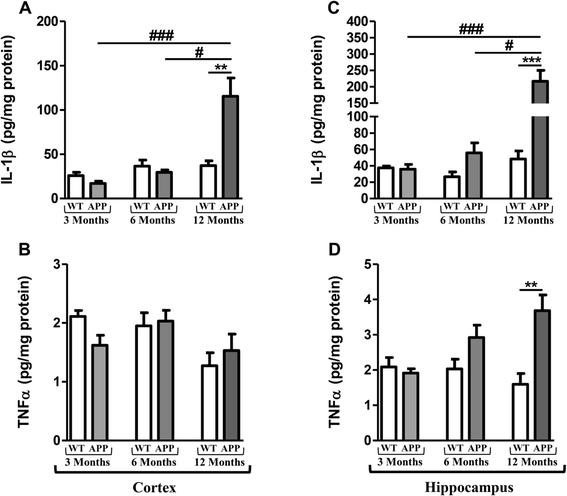
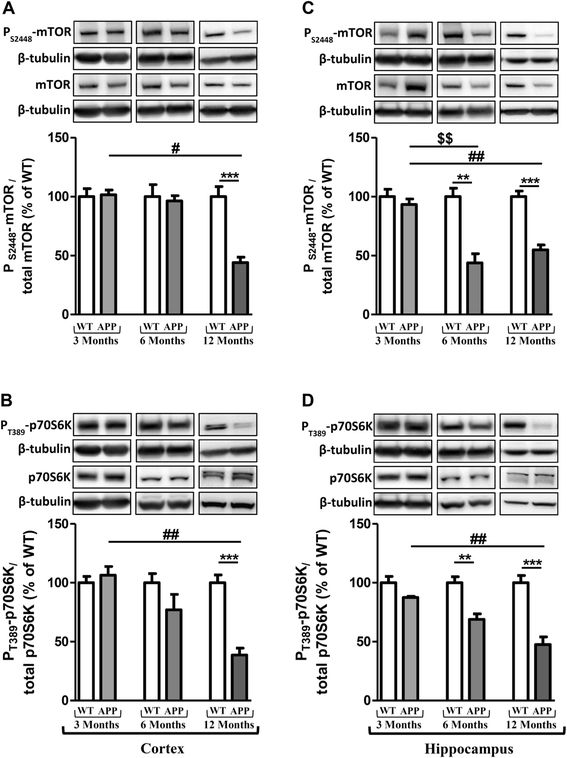
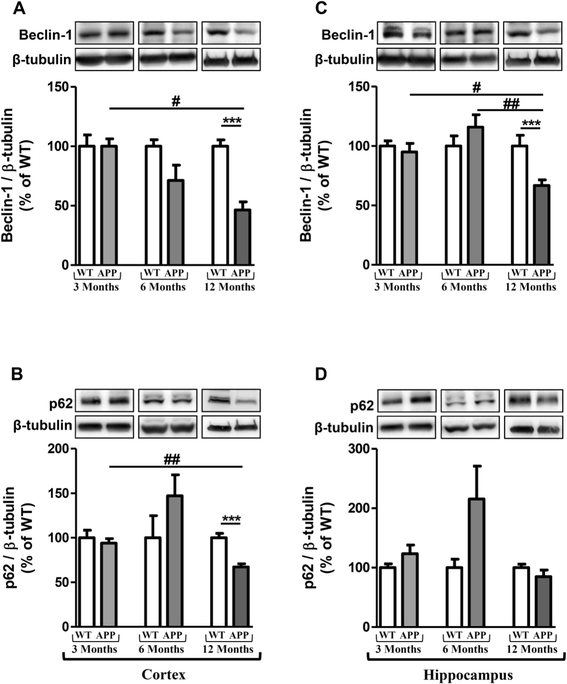
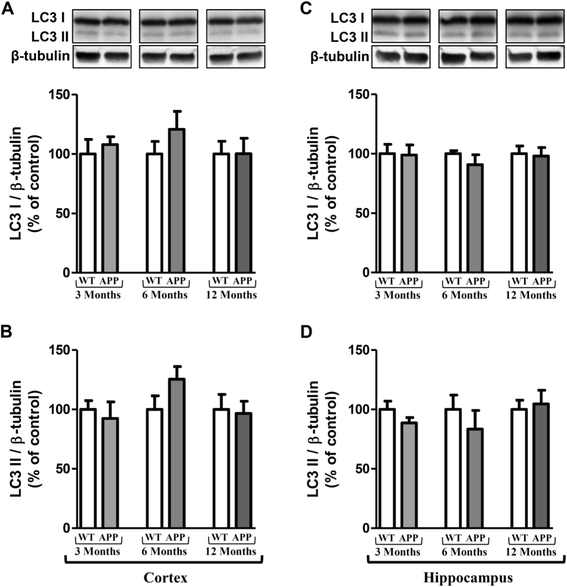
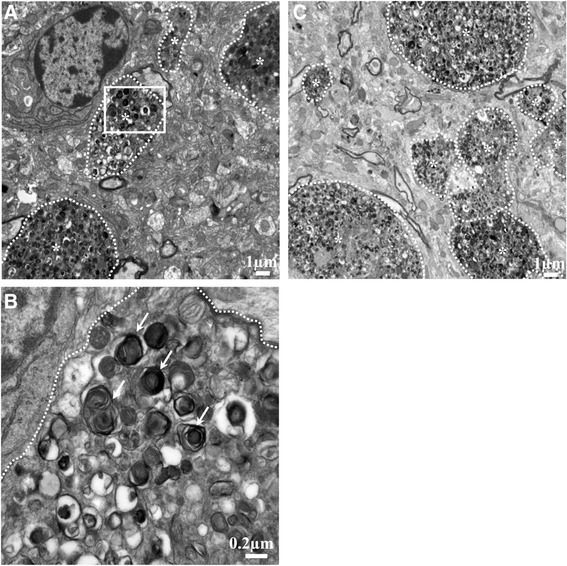
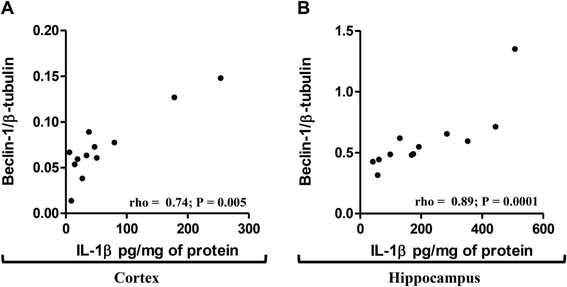
References
Publication types
MeSH terms
Substances
LinkOut - more resources
Full Text Sources
Other Literature Sources
Medical
Molecular Biology Databases
Miscellaneous

